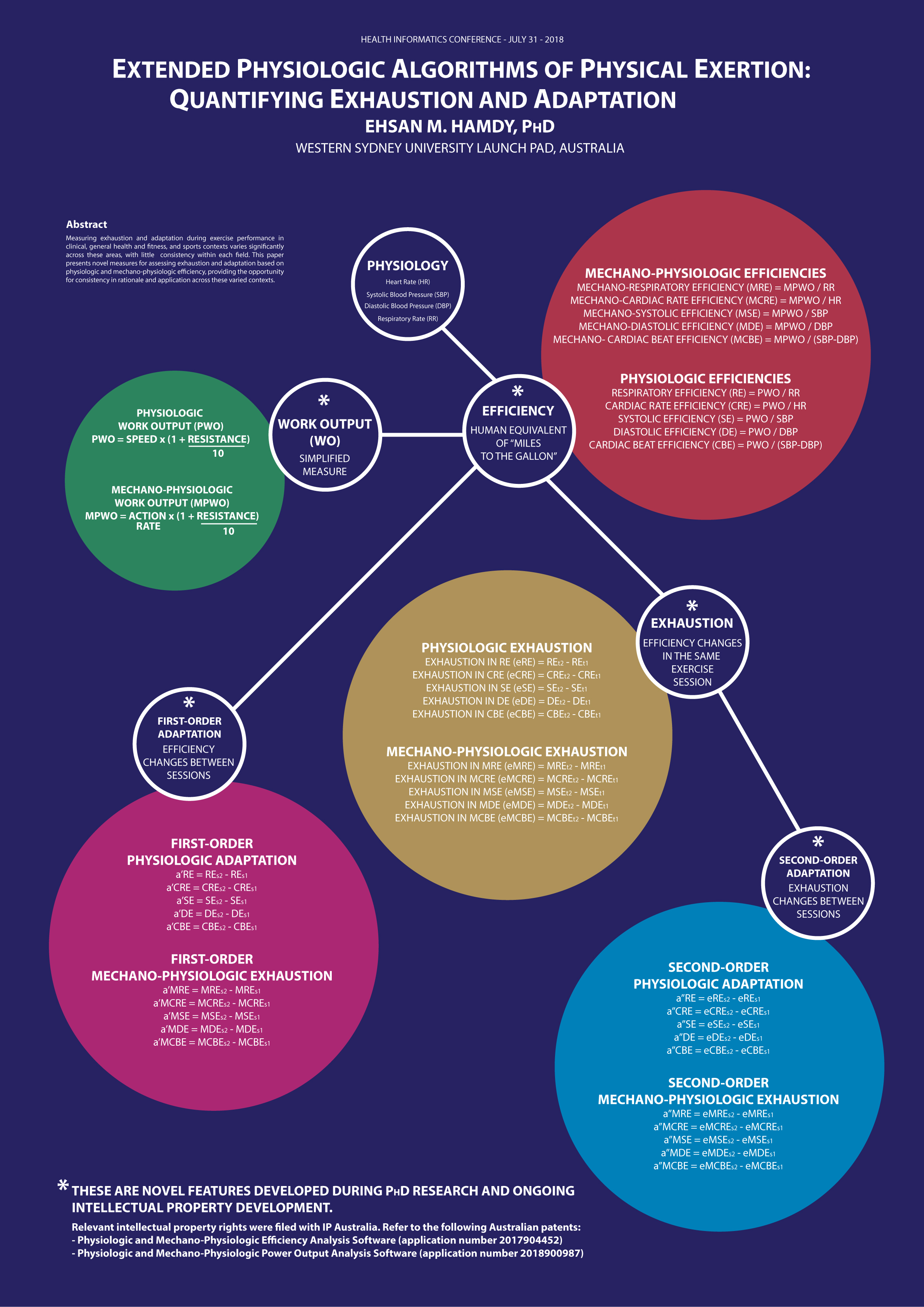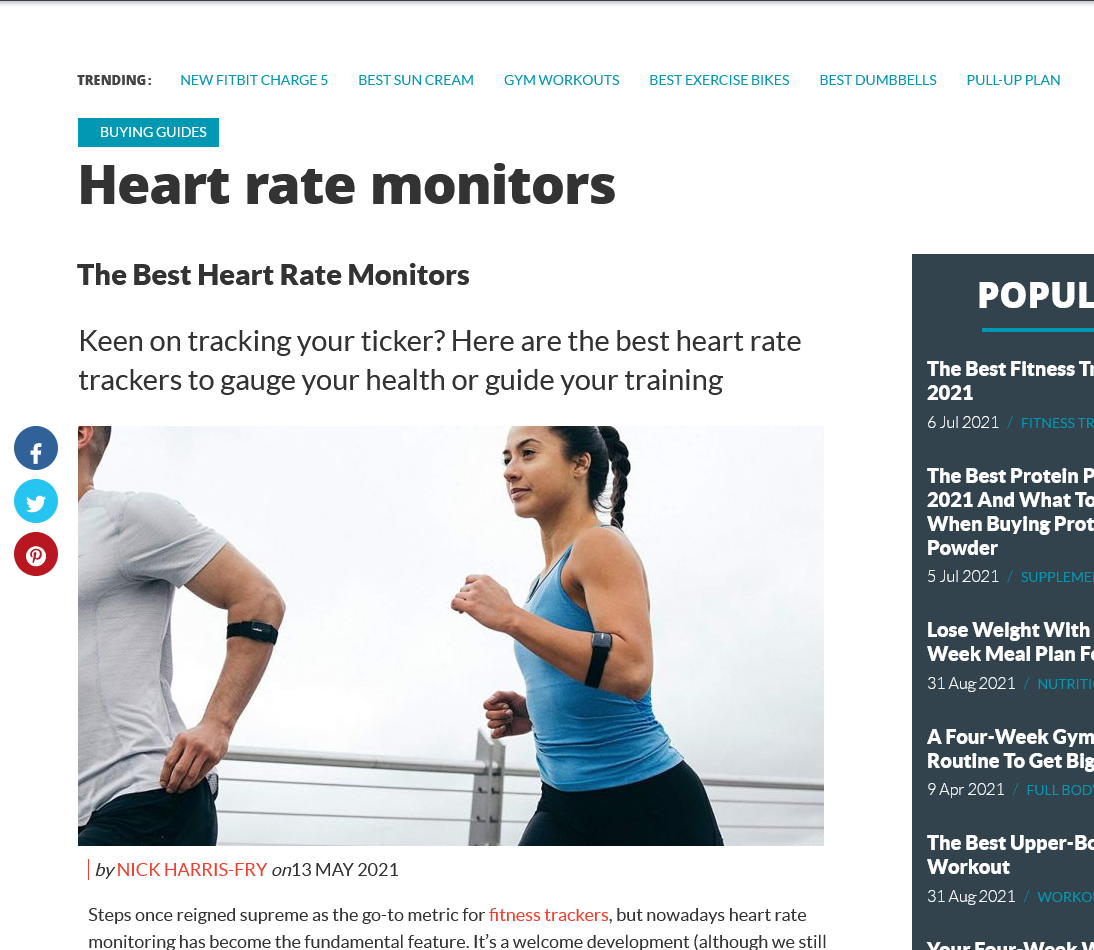First the vibes
When I did the last Tech Trends post earlier today (link at bottom), I forgot to include the right vibes. How dare I do such a thing! 🙂
So here's a track for studying/working so that you can read on with some chill tunes.
Fitness Wearables
The main types
Most fitness wearables fit into a set of categories like activity trackers, heart rate monitors, blood pressure monitors and so on. There are way too many options and brands for me to cover here, but I've included a couple of recent media articles below for you to search if interested.
Issues with accuracy
Generally speaking, most fitness wearables have some issues when it comes to the accuracy of their measurements. That's to be expected with any kind of device of course. However fitness trackers have more than one area where their current tech can leave a lot to be desired. Let's look at a couple.
Sensors
Depending on the specific device, the sensor technology used to measure the parameters it is designed to monitor will vary from reasonably accurate (in some settings) to outright ludicrous. In fact there is evidence that suggests even among the more accurate devices, the range of measurement accuracy can be as high as +/- 10%!
Contexts
Some devices may be somewhat accurate at rest but vary greatly when it comes to their use during exercise. When choosing a device, be sure to do your homework and look at factors like the accuracy at rest, during light exercise as well as during heavier training loads. It's important that you understand the limits of each device.
Fitness Measures
The other major issue with the science and tech used in fitness wearables is WHAT is being measured. For example, let's assume that there is a device that is very accurate at measuring heart rate (HR). So we can rely on the measurement without a problem. But what does measuring HR actually tell us? Only how fast the heart is working, not how EFFICIENT that work really is.
The best way to understand this is to think about a car's motor. Have you ever heard of someone look at a car's engine and say "well you know it's good because the fuel pump runs really fast"? I doubt it. Because the fuel pump running fast when the car is moving slowly or standing still is not good, right? You want the fuel pump to be working at a rate that is proportional to how fast or how hard the motor is working.
The same concept should be applied to the human body when looking at measures like HR, blood pressure and breathing rate during exercise. Because two people running next to each other could have very different physiologic performance even though they are running at the same speed in this example.
Make sense?

PAPE Framework
As promised, we will be looking at some of the features of the PAPE science and framework in a general sense, without going into too much heavy, technical jargon, and seeing why the techniques and algorithms used in building the MOOVPAD apps is very important even with improved accuracy in devices. We will start tomorrow with an overview of the PAPE framework, so get your learning vibes ready (and don't worry, I have plenty of those to share too).
Later Today
Next up is a quick look at some of the progress with the site and important updates made, as well as some coding and creative stuff. So I'll see you soon 😉
Stay awesome,
EMH


